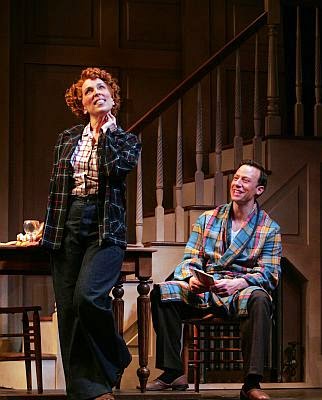DATES AND SUBMISSION GUIDELINES ANNOUNCED FOR YALE INSTITUTE
FOR MUSIC THEATRE
ONLINE SUBMISSIONS ACCEPTED OCTOBER 23 THROUGH JANUARY 7
Online submissions are being accepted beginning today
through January 7 for the 2015 YALE INSTITUTE FOR MUSIC THEATRE.
Established in 2009, the YALE INSTITUTE FOR MUSIC THEATRE is
a program of Yale’s Binger
Center New
Haven ’s International Festival of Arts & Ideas.
The Binger
Center Binger
Center Binger
Center
Under the leadership of Artistic Director Mark Brokaw, two
original music theatre works will be selected for the 2015 Institute, which
will take place June 13–28 in New
Haven . Online applications are being accepted now
through January 7, 2015, 11:59PM (EST) at drama.yale.edu/YIMT.
ELIGIBILITY
The Yale Institute for Music Theatre accepts applications
for projects at various stages of development but focuses on work that is ready
to be explored musically and dramatically with performers and directors. Submissions
cannot have had a professional production.
Book musicals and other imaginative music theatre projects
are welcome. Only composers, book writers, or lyricists who are current
graduate students; or who have graduated from an accredited degree-granting
institution (undergraduate or graduate) within the past five years; or who are
current Yale students (undergraduate or graduate) are eligible to apply.
Applicants may only submit one work for consideration.
Composers and writers may apply as individuals or as part of a team.
Participants must be available for the full duration of the
residency. Each member of the writing team will receive an honorarium of
$1,000, as well as round-trip transportation and accommodation.
GUIDELINES FOR SUBMISSION
Online submissions will be accepted beginning October 27,
2014, through 11:59 PM (EST) on January 7, 2015.
All submissions must include each of the following, and all
documents (with the exception of music recordings) must be uploaded as PDFs:
1- APPLICANT BIO:
a BIOGRAPHY or resume of no more than one page, for each creative artist;
2- SYNOPSIS/SONG
LIST/SCRIPT/SHEET MUSIC
a. a SYNOPSIS of
no more than one page, with a list of characters and instrumentation;
b. a SONG LIST
c. a SCRIPT with
lyrics or a full libretto;
d. SHEET MUSIC for
a minimum of five songs;
3- MUSIC
RECORDINGS: a sample of at least 20 minutes of music. The sample must include
the five songs for which sheet music is submitted. Piano and vocals are
sufficient, and a composer’s demo is acceptable though not preferred. Studio
demos are not necessary. Music recording files must be clearly labeled and
uploaded in sequence. All submitted recordings must be clearly noted in script.
4- DEVELOPMENT
HISTORY AND GOALS: a brief description of the work’s history and what the
creative team hopes to achieve from the development process at the
Institute;
5- RIGHTS
STATEMENT: proof of fully secured rights if the proposed project is an
adaptation of an existing work that is not in the public domain;
6- SIGNATURE: an
electronic signature from the Lead Applicant on behalf of all Co-Applicants
(composer, book writer, lyricist).
Note: All 2015 applications must be submitted
electronically. The Institute does not accept video recordings or photographs.
For more information about the Yale Institute for Music
Theatre or the application process, please email yimt@yale.edu or call (203)
432-5348.
All applicants will be notified of selection by March 27.



































